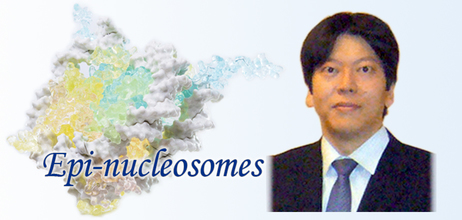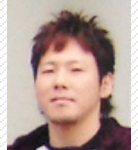Unit Leader

Toward cell-fate conversion, through epigenetic regulation
* Due to the reorganization starting as new centers in April 2018, this laboratory is now belong to the Center for Biosystems Dynamics Research. As for the latest information, please see the following URL below.
> The webpage of Laboratory for Epigenetics Drug Discovery, Center for Biosystems Dynamics Research

Unit Leader
Takashi Umehara
1-7-22-W221 Suehiro-cho, Tsurumi-ku, Yokohama, Kanagawa 230-0045, Japan
Tel: +81-45-503-9457
![]()
Histone H4 protein with designed acetylation, synthesized by combination of our genetic code expansion- and cell-free protein synthesis technologies. Pinpoint introduction of acetyllysines at designed sites was confirmed by mass spectrometry. Through this technology, we are now able to reconstitute an "epi-nucleosome" as schematically shown to the right.
Tertiary structure analysis of the BRD2 protein that is implicated in the onsets of carcinomas and atherosclerosis.
(Left) Structural mechanism how BRD2 protein recognizes one of transcriptionally-active chromatin marks (i.e. acetylation of Lys12 of histone H4).
(Right) Development of a BRD2-inhibiting compound, BIC1, based on the tertiary structure analysis.
Histone demethylase inhibitor S2101, developed by our structure-based approaches. This compound is commercially available and is utilized as one of epigenetics-regulating reagents.






CLST was reorganized into three centers according to the RIKEN 4th Medium-Term Plan from April 1, 2018. For the latest information of Epigenetics Drug Discovery Unit, please visit the following websites.
> The webpage of Laboratory for Epigenetics Drug Discovery, Center for Biosystems Dynamics Research [http://www.bdr.riken.jp/en/research/labs/umehara-t/index.html]
> If you continue to browse this site, click here.